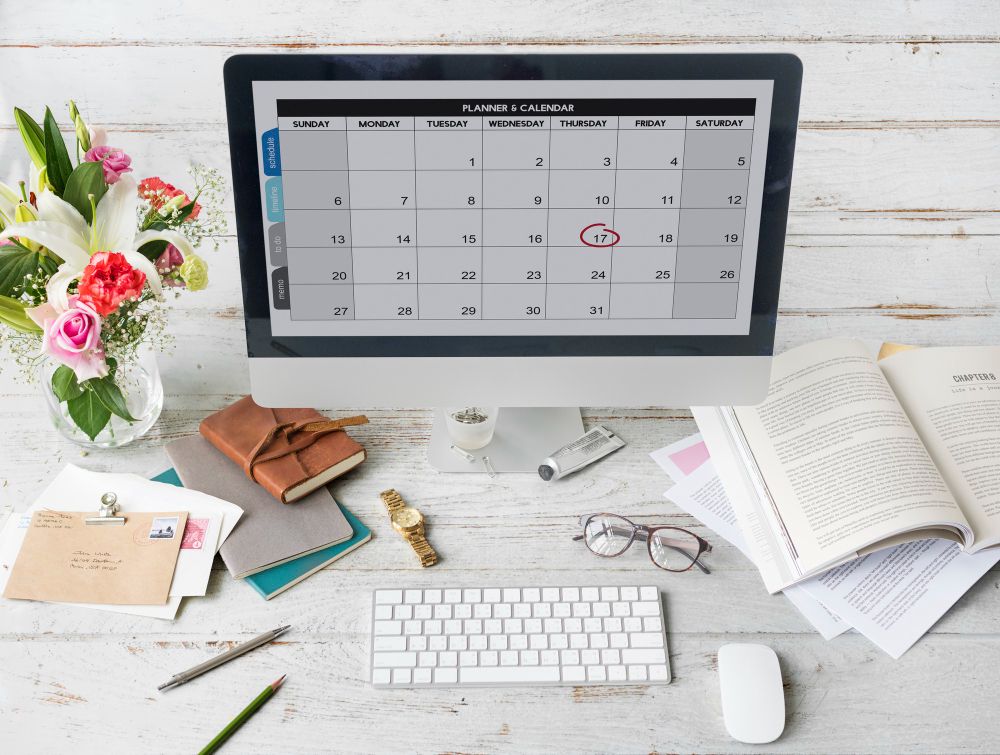Did you know that there are more than 600 million blogs on the internet? If you’re someone who is thinking about writing a blog, or you currently have one, then you’re going to want to make sure that it stands out from the crowd.
First and foremost, you want to make sure that your blog writing is clean and organized. If someone goes to your blog and they find it incoherent and jumbled, then they’re likely going to bounce very quickly.
Luckily for you, we’re here to help solve that problem. So if you’d like to learn more, then keep on reading, and we’ll take you through everything that you’ll want to know!
1. Get Post Ideas Together
The first thing you should do is make a list of all of the different post ideas you have for the month. You want to prep these in advance if you do several blog posts per week.
Usually, you’ll want your blog posts to be in a certain order. If you have a baking blog, it would probably be a good idea to first have a post about the different tools you need in the kitchen before diving into complex recipes.
By having all of these ideas listed out beforehand, you’ll help make sure that you don’t get ahead of yourself. The more planning you do ahead of time, the less worry you’ll have when starting your blog.
2. Stick with a Schedule

One of the best ways to stay organized is to make sure that you stick to a schedule. You want to be consistent with your output so that your followers will be able to know when to check your blog for updates.
When it comes to blogging, you don’t just want to try to post as much as possible. Eventually, you’ll start to run out of ideas, and your output will slow significantly.
Try posting once or twice a week. Keep the posts consistent and on the theme. Outline your posts beforehand to keep your thoughts organized.
3. Research and Plan Content
After you’ve collected your ideas for your posts, you can plan them out more fully. Research the ideas you want to write about by looking up similar posts.
See what you like about those posts and what you don’t like. How do they order their content? Is it too wordy? Is the writing all over the place?

Consider ways that you can elaborate or bring your own perspective to what’s already been written on the topic. Blogging isn’t a competition. But it is helpful to know what kind of content people are writing in a certain niche.
4. Prepare Your Content Headings
Not sure how to jump into a blog post? Consider starting with the headings. This is automatically going to help you start organizing your thoughts.
Most of the time, your headings will naturally come out in a certain order. Start from what happens first to what happens last. Or start with a basic concept and then continue to get more specific.
Blog posts are best when they’re broken down into many small chunks. Nobody likes to see just a big block of text when they open a blog.
Your headings should be clear and concise. A lot of people tend to skim blog posts, so your headers can help direct them to the areas where they are most interested.
5. Find Credible External Links
When you get excited about a particular topic, you might want to go on a tangent to further elaborate on certain aspects. Instead of spending hundreds of words explaining something very specific, you can just link to it.
When you link in your blog post, you want to link to pages that support your thesis but don’t focus on the exact same topic as you. Your links should be credible and authoritative.
6. Use Good Internal Links
In order to rank higher on Google, you’ll want to have great external and internal links. For internal links, find blog posts that are related to your current article that you’ve written.
When it comes to links, they should always be related to your current article. If you link to unrelated subjects, then you’ll be doing your readers a disservice and will likely be punished by search engines like Google.
7. Create and Store Graphics

A blog is a visual medium. The more effectively you can use images and graphics, the more successful and legitimate your blog will appear.
If your blog has low-quality images or no images at all, that will seem like a red flag to potential customers.
Use high-quality, relevant photos. If you don’t want to take your photos, then you can use stock photos. Use several images throughout your blog posts to break things up and keep the viewers interested. You can also use a free picture editor app to create a unique image.
You can also use writing apps to keep your blog writing organized and looking professional.
Keep Your Blog Writing Organized with Ease
Hopefully, after reading the above article, you now have a better idea of how to keep your blog writing clean and organized. As a blog writer, it’s your job to not just inform your readers but entertain them as well.
By being organized, you’ll be able to attract more customers and grow your brand. Digital writing has a lot of power. But it needs to be presented in the right way for it to truly be successful.
Make sure to check out the rest of our site today for more helpful articles!





